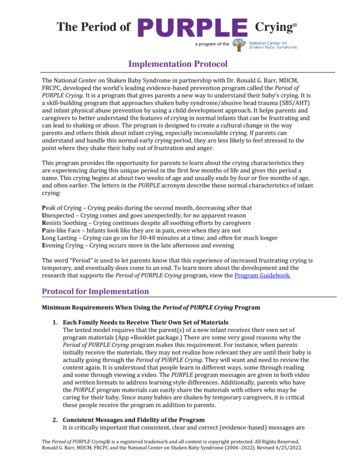
Transcription
Implementation ProtocolThe National Center on Shaken Baby Syndrome in partnership with Dr. Ronald G. Barr, MDCM,FRCPC, developed the world’s leading evidence-based prevention program called the Period ofPURPLE Crying. It is a program that gives parents a new way to understand their baby’s crying. It isa skill-building program that approaches shaken baby syndrome/abusive head trauma (SBS/AHT)and infant physical abuse prevention by using a child development approach. It helps parents andcaregivers to better understand the features of crying in normal infants that can be frustrating andcan lead to shaking or abuse. The program is designed to create a cultural change in the wayparents and others think about infant crying, especially inconsolable crying. If parents canunderstand and handle this normal early crying period, they are less likely to feel stressed to thepoint where they shake their baby out of frustration and anger.This program provides the opportunity for parents to learn about the crying characteristics theyare experiencing during this unique period in the first few months of life and gives this period aname. This crying begins at about two weeks of age and usually ends by four or five months of age,and often earlier. The letters in the PURPLE acronym describe these normal characteristics of infantcrying:Peak of Crying – Crying peaks during the second month, decreasing after thatUnexpected – Crying comes and goes unexpectedly, for no apparent reasonResists Soothing – Crying continues despite all soothing efforts by caregiversPain-like Face – Infants look like they are in pain, even when they are notLong Lasting – Crying can go on for 30-40 minutes at a time, and often for much longerEvening Crying – Crying occurs more in the late afternoon and eveningThe word “Period” is used to let parents know that this experience of increased frustrating crying istemporary, and eventually does come to an end. To learn more about the development and theresearch that supports the Period of PURPLE Crying program, view the Program Guidebook.Protocol for ImplementationMinimum Requirements When Using the Period of PURPLE Crying Program1. Each Family Needs to Receive Their Own Set of MaterialsThe tested model requires that the parent(s) of a new infant receives their own set ofprogram materials (App Booklet package.) There are some very good reasons why thePeriod of PURPLE Crying program makes this requirement. For instance, when parentsinitially receive the materials, they may not realize how relevant they are until their baby isactually going through the Period of PURPLE Crying. They will want and need to review thecontent again. It is understood that people learn in different ways, some through readingand some through viewing a video. The PURPLE program messages are given in both videoand written formats to address learning style differences. Additionally, parents who havethe PURPLE program materials can easily share the materials with others who may becaring for their baby. Since many babies are shaken by temporary caregivers, it is criticalthese people receive the program in addition to parents.2. Consistent Messages and Fidelity of the ProgramIt is critically important that consistent, clear and correct (evidence-based) messages areThe Period of PURPLE Crying is a registered trademark and all content is copyright protected. All Rights Reserved,Ronald G. Barr, MDCM, FRCPC and the National Center on Shaken Baby Syndrome (2004–2022). Revised 4/25/2022.
given to the parents and the public. The PURPLE program is committed to only offeringinformation that meets this criterion. The tested program will not be effective if thosedelivering the program create their own version of the presentations or change the trainingmaterials in any way. Further, the Period of PURPLE Crying program materials should not bedistributed with other educational materials that express a conflicting message (e.g. allinfant crying can be soothed if only parents respond in the correct way.)3. Ideal Delivery of the Period of PURPLE Crying ProgramThe NCSBS strongly recommends delivering the PURPLE program in accordance with thethree Dose approach outlined below. The NCSBS can be helpful in supporting anyorganization in this effort by providing: 1) free online training eligible for continuingeducation for all organizations, 2) free downloadable supplemental items and 3) free printand broadcast media ads for communities implementing the program.Triple Dose StrategyDose One: Delivery of the PURPLE Program Materials to ParentsThe first “Dose” of the program is the delivery of the intervention materials to parents of all newlyborn infants via a demonstration of the materials by a trained educator or provider. This wouldreplicate current “best practice” based on available studies. The timing of each Dose deliverydepends on several factors; however, the first Dose of the program needs to take place within thefirst two weeks of the baby’s life, before the baby’s crying increases. For example, a maternitydelivery setting is ideal because it is universal, meaning most babies are delivered at hospitals.Home visiting programs, pediatric well baby visits and public health, to name a few, have also beena good fit for Dose One.Delivery: Parent Presentation and Providing the Program Materials to Families:The following steps are ideal:1. Go through the booklet, page by page, with parent(s) pointing out the important messages:a. PURPLE Acronymb. Early Increased Crying is Normalc. Ways to Comfort Your Crying Babyd. Important Action Stepse. Why Crying is Frustratingf. Why Shaking a Baby is Dangerousg. Be Sure to Tell others2. Gently ask parent(s) to describe in their own words what they think are the importantPURPLE program messages or describe what they may say when they share the programwith others. It is recommended that the professional(s) teaching the program use the“TeachBack” model that asks the parent to repeat back what they believe the importantmessages are. This way the person delivering the materials knows if the parent(s) havereally understood the correct messages.3. Tell parent(s) that there are two videos for the program. The first video is about the Periodof PURPLE Crying and the second video, Crying, Soothing, Coping: Doing What ComesNaturally, offers specific ways to soothe their baby and strategies for coping when soothingdoes not work. The PURPLE program video should be shown to the parent(s), wheneverpossible, following the presentation of the booklet.a. The provider can leave the room while the PURPLE video is playing but shouldreturn shortly after to answer any questions.4. Provide the parent(s) with the PURPLE program materials and encourage them to reviewthe materials again and to share the information with others who care for their baby.
a. The activation code for the web and mobile application can be used on up to fivepersonal devices and is available for eighteen months after activation.5. Allow an opportunity for parents to ask questions.a. Additional items for demonstration purposes are also available for purchasethrough the NCSBS including a life size doll and an audio CD of infant crying. Use ofthese items are helpful but not universal and it is better to use as enhancementsrather than the only method of distribution.Dose Two: Reinforcing the MessagePublic health nurses, home visitors, pediatricians, family doctors or public health clinics shouldreinforce the message by talking to parents about the concepts taught in the Period of PURPLECrying program. If needed, the physician (or office personnel) should provide materials to parentswho were missed and did not receive the PURPLE program materials at the hospital after havingtheir baby. If the program materials are not being distributed through the before mentionedorganizations, then they are ideal for Dose One if they have contact with the parents within the firsttwo-weeks after the baby is born. These health care professionals need to comply with the DoseOne training and distribution requirements that the maternity nurses use, outlined above.Other groups who serve parents should be specifically targeted to facilitate complete communitycoverage about the Period of PURPLE Crying program messages. Pediatricians, family practicephysicians, childcare providers, foster care workers, midwives, nurse help line personnel, hot linepersonnel, emergency room personnel and others serving parents should be given the opportunityto receive training on the Period of PURPLE Crying program. This will ensure that the parents getthe same information wherever they go for help and advice.Delivery: Reminding parents about program messages and resources.In short, the following steps are ideal:1. Ask parent(s) if they received the PURPLE materials and education after the birth of theirbabya. If parent(s) responds, “yes”, continue into Dose Two reinforcementb. If parent responds, “no”, follow the Dose One delivery described above2. Remind parents:a. Infant crying is normal in the first 4-5 months.b. Crying increases at about 2 weeks, peaks at 2-3 months and declines by 5 months.c. Some normal babies may cry as long as 5 hours a day, some less.d. Call your doctor if you are worried about the crying.e. Shaking is very dangerous, in many cases causing brain damage and even death.f. If the crying becomes too frustrating, put your infant in a safe place, walk away andtake a break for 5-10 minutes. And remember, the second video provided offersadvice about ways to soothe your baby.g. Be sure to tell everyone who cares for your infant about the Period of PURPLE Cryingprogram.Dose Three: Public Education and Media CampaignA public education campaign provides this information to everyone, and especially to all those whodid not receive it through the previous two methods. This is an important part of bringing about acultural change in our understanding of the normality of early increased crying. Understanding ofthe Period of PURPLE Crying among the general population can help ease the stress, and evencriticism, of parents dealing with the inconsolable crying. It also enables mothers and fathers toreceive support and reinforcement from those who understand the Period of PURPLE Cryingconcept. A good example of Dose Three is the CLICK for Babies campaign hosted by the NCSBS. Formore information on this campaign, go to www.clickforbabies.org.
Training RequirementsThe NCSBS recognizes the limited time available for managers to educate providers and forproviders to educate parents. With these time limitations in mind, the online training modules weredeveloped for fast and efficient use and are provided at no cost. The NCSBS coordinates a uniqueaccount for each implemented organization to log on to as many times as necessary to train existingand new staff.Recommended staff training procedures for the PURPLE program’s Dose One and Two: Read the Period of PURPLE Crying program Protocol for Implementation (this document) Watch the 10-minute PURPLE Crying Video and read the 10-page PURPLE bookleto Recommended: watch the 17-minute Crying, Soothing, Coping: Doing what ComesNaturally video Watch the narrated “Training for Implementation” presentation Take and pass the 10-question quiz Complete “PURPLE Feedback Form 1”Other supplemental tools located on the training module: Program Overview, Fidelity Agreement, FAQs for Parents, FAQs for Professionals, 3-MinuteTalking Points, 10-Minute Talking Points, Reinforcement Talking Points, TeachBack, Dose 1and Dose 2 Checklists, Dose 2 Materials, etc. 17-minute soothing video titled Crying, Soothing, and Coping: Doing What Comes Naturally View the PURPLE Program App features instructional videoDose Three: Public Education CampaignAs described above in the triple dose strategy, a public education campaign helps disseminatePURPLE program messages to society generally. It is available upon request and at no cost. Thecomponents listed below are part of a media tool kit with additional items continuously beingadded as developed: Normal [campaign] Print Advertisement (various sizes) 30 and 60-second radio Public Service Announcements (PSAs) 5-, 10-, and 30-second video Public Service Announcements (PSAs) Outdoor Ads Social Media GraphicsIn-Service TrainingIn some areas, NCSBS personnel can go directly to provide training. Arrangements and specialcircumstances will be given full consideration upon request. In other cases, a provider or educatorfrom the implementing organization needs to be trained to deliver the training presentation toother staff. If this is the case, then the NCSBS will provide a “train the trainer” session online or inperson (if possible) to prepare the appropriate person.Additional Mobile App ContentThe Period of PURPLE Crying program interactive mobile app was designed for parents to havequick access to multiple health and safety topics. Each topic addressed is based on years of peerreviewed published research. It was most recently updated in April 2022 and offers many uniquefeatures parents find extremely useful during the first year of their baby’s life. Exclusive Period of PURPLE Crying program materials Baby Development Tracker Articles and videos related to the topics of Crying, Soothing, Coping, Safe Sleep, InfantSafety, and Self-Care
News Section to update parents about important product recalls and other new babyinformation.Fidelity AgreementFor the purpose of program fidelity, the NCSBS asks all Dose One: Delivery partners to sign andreturn a Fidelity Agreement after reading this Implementation Protocol. It is not intended to be alegally binding document, but rather a good-faith measure to ensure that the program is beingimplemented per the evidence-based model.The Fidelity Agreement outlines the training and support that comes with the purchase of thePURPLE program. It also asks that the Dose One organization agree to provide each family withtheir own copy of the program materials to take home and share with anyone else who will becaring for their infant. Please read and sign the Fidelity Agreement.ConclusionThe NCSBS is very proud to offer this evidence-based program to hospital personnel, home visitors,and others serving parents of new babies. It is our intent to make it easy to offer and affordable. Theonly cost associated with this program is the cost of the program materials. The NCSBS recognizesthat hospitals and other organizations have limited budgets for many educational programs. That iswhy the cost for this program is as low as 2 a family. Everything else is complimentary. We feel itis very important that this program be complimentary to parents so that all families can benefitfrom it. It has been designed to be attractive to parents, user-friendly, economical, and evidencebased.Assistance with Fundraising StrategiesThe NCSBS developed a grant template for the PURPLE program with the research, lines ofevidence, and program development information for organizations seeking funding support. Theinformation in the template was designed to be copied and pasted into grant applications found bythe participating organization seeking funding. The template is shared upon request from PURPLEprogram staff and is located in the “additional downloads” section of the online training modules.Ongoing Consultation and SupportThe NCSBS PURPLE program staff is available to guide organizations through the implementationprocess, provide full access to complimentary online staff training, and keep a shared FidelityAgreement on file stating an understanding of the program protocol, purchasing procedures,program updates, ongoing support, and overall guidance. For assistance with the PURPLE program,contact the NCSBS by email at PURPLE@dontshake.org, visit the website at www.dontshake.org, orcall the Center at 801-447-9360 extension 1.
a. Infant crying is normal in the first 4-5 months. b. Crying increases at about 2 weeks, peaks at 2-3 months and declines by 5 months. c. Some normal babies may cry as long as 5 hours a day, some less. d. Call your doctor if you are worried about the crying. e. Shaking is very dangerous, in many cases causing brain damage and even death. f.
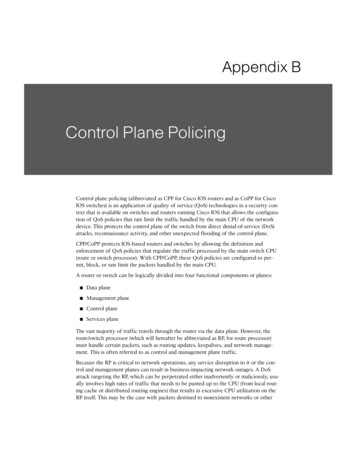
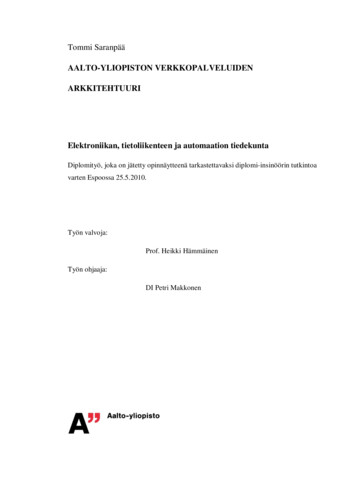

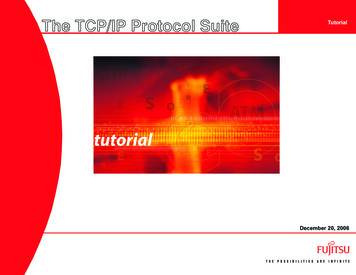
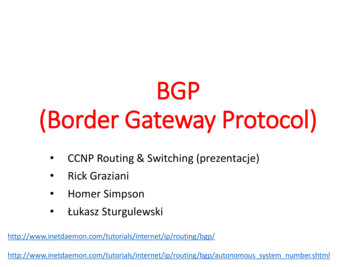
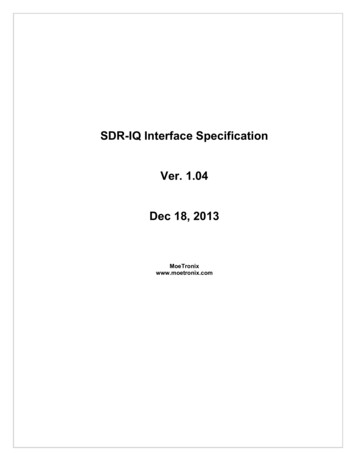
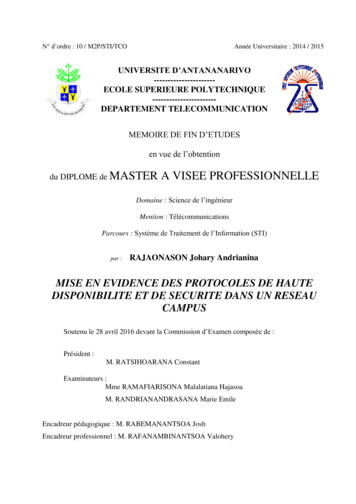

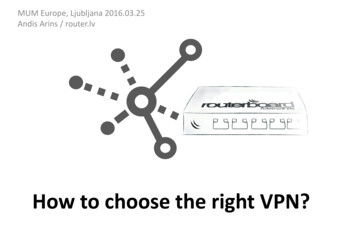
![State Protocol Agreement Between the Colorado State Director [Sd] of .](/img/43/co-20protocol.jpg)
![[MS-OFBA]: Office Forms Based Authentication Protocol](/img/3/ms-ofba.jpg)